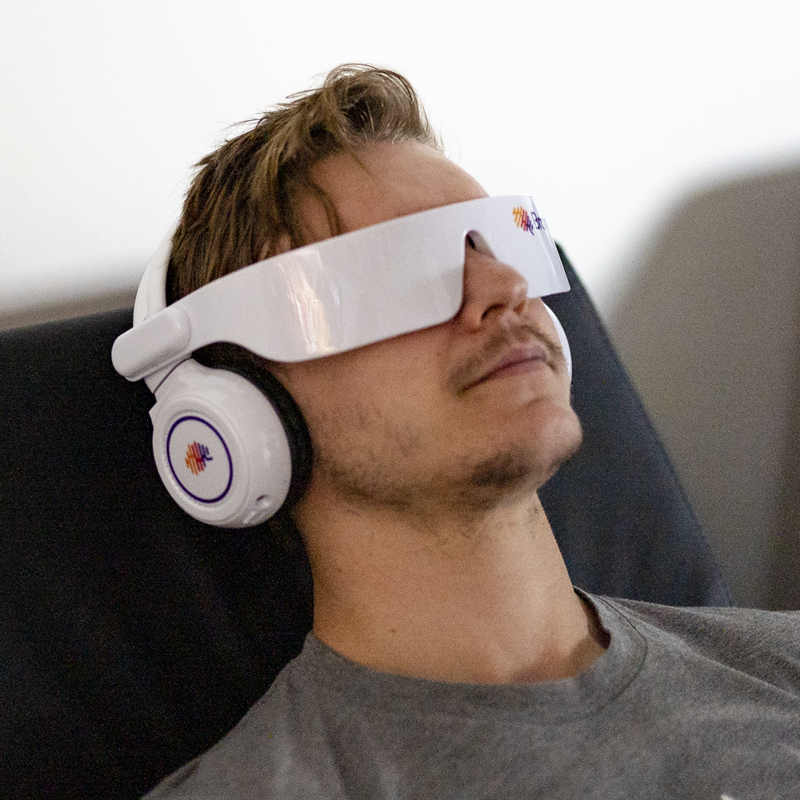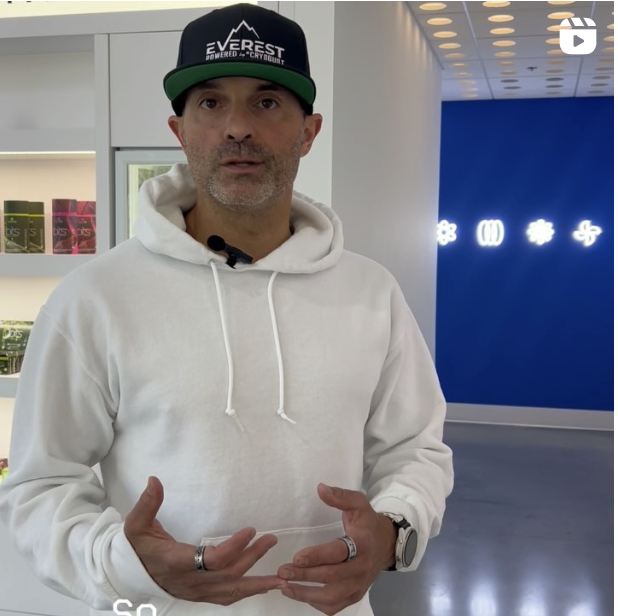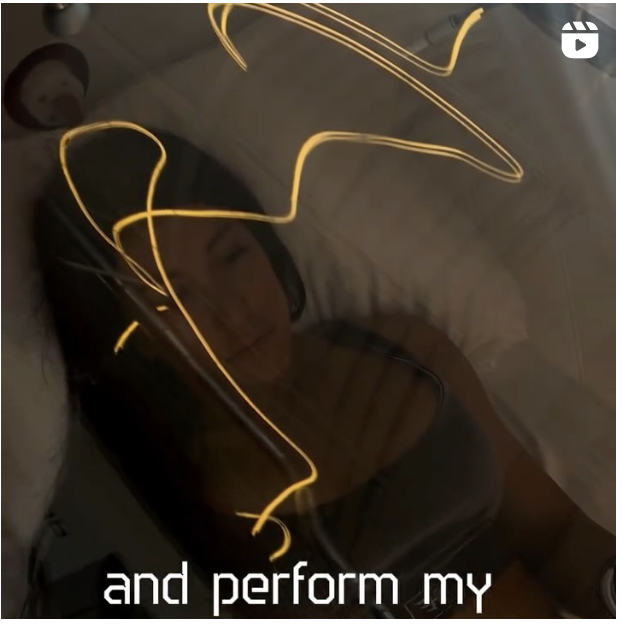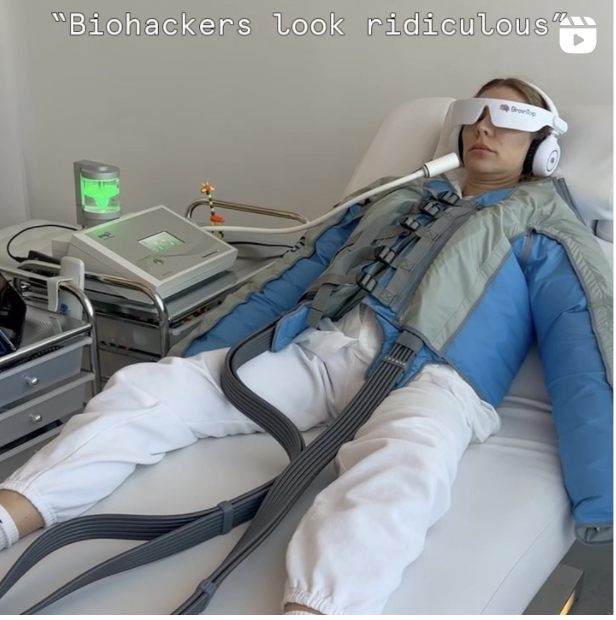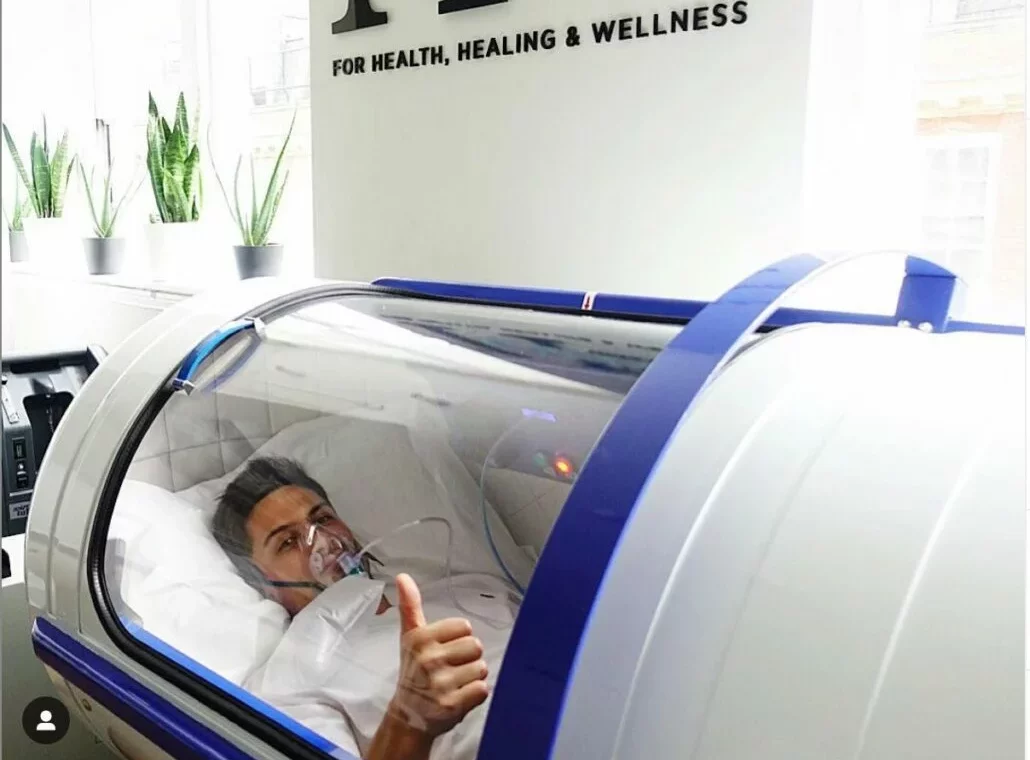
The Game-Changing Benefits of Hyperbaric Oxygen Therapy (HBOT) for Athletes at ETHR LAB
At ETHR LAB in Oakbrook Terrace, we’re redefining recovery with Hyperbaric Oxygen Therapy (HBOT)—a proven, science-backed solution that’s transforming how athletes heal, recover, and perform. From traumatic brain injuries (TBIs) to muscle recovery and fracture healing, HBOT offers unparalleled benefits for athletes in the Chicago suburbs. Plus, ETHR LAB provides the best value for HBOT in Chicagoland, making top-tier recovery accessible to everyone.
Hyperbaric Therapy for Traumatic Brain Injuries (TBIs)
For decades, HBOT has been used off-label to treat traumatic brain injuries, and the results are nothing short of remarkable. A recent study documented the successful recovery of two professional football players with TBIs. One athlete, who had endured symptoms for over a decade, experienced significant improvement after undergoing HBOT. With concussions and TBIs jeopardizing the careers of countless athletes, timely hyperbaric therapy is proving to be a game-changer.
Accelerating Muscle Recovery with Mild HBOT
Recent studies have shown that even even mild hyperbaric oxygen therapy (1.25 ATA) using regular air can enhance muscle regeneration, making it an effective complementary treatment for sports-related muscle injuries. This approach is gaining traction as a recovery tool for athletes seeking faster healing, whether in a clinical setting or as a home-based remedy.
Enhancing Performance Post-Exercise
Recovery is key to optimizing athletic performance, and HBOT delivers. A study involving trained cyclists revealed that 75 minutes of HBOT at 1.3 ATA improved cycling output power and heart rate variability (HRV) recovery. The findings demonstrate how HBOT can enhance cardiac parasympathetic reactivation, helping athletes recover faster and perform better in their next session.
Faster Healing for Ligament and Fracture Injuries
For athletes dealing with serious injuries, HBOT offers transformative results. A study involving 32 rugby players with grade 2 MCL injuries showed reduced pain and quicker return to play for those who received HBOT. For fractures, an intensive 6-week HBOT protocol (30 sessions at 2.0 ATA) accelerated healing while increasing type 1 collagen tissue, contributing to stronger recovery outcomes.
HBOT for Muscle Injuries and Recovery
Published in the Journal of Applied Physiology, research on HBOT for muscle injuries highlights its ability to expedite healing. A regimen of 10 sessions over two weeks increased IGF-1 expression and other repair factors, promoting faster and more complete recovery. These findings reinforce why elite athletes rely on HBOT to bounce back stronger after injuries.
HBOT at the Winter Olympics
A standout example of HBOT’s effectiveness was observed during the Nagano Winter Olympics. Seven athletes underwent HBOT (30–40 minutes at 1.3 ATA) after intense physical activity, with transformative results. One athlete recovered from abdominal muscle tension and pain, returning to play with minimal discomfort. Another athlete with anterior knee pain resumed competition just two days post-treatment. These case studies demonstrate HBOT’s ability to relieve pain, accelerate healing, and optimize performance without adverse effects.
Why Choose HBOT at ETHR LAB?
At ETHR LAB in Oakbrook Terrace, we offer state-of-the-art hyperbaric oxygen chambers designed to support athletes in the Chicago suburbs. Our tailored HBOT protocols help enhance recovery from sports injuries, improve muscle regeneration, boost performance, and provide relief for concussions and TBIs. And we pride ourselves on offering the best value for HBOT in Chicagoland, ensuring you get world-class recovery without breaking the bank.
Pair your HBOT sessions with NanoVi Oxidative Stress Therapy and PEMF Therapy for the ultimate recovery stack. NanoVi neutralizes oxidative damage, while PEMF boosts cellular repair and energy production, creating a powerful synergy for complete recovery and performance enhancement.
Book Your HBOT Session Today
Ready to experience faster recovery and enhanced performance? Visit ETHR LAB in Oakbrook Terrace, the premier recovery center in the Chicago suburbs, and discover the transformative benefits of Hyperbaric Oxygen Therapy. Schedule your session today and unlock your full potential with HBOT.


